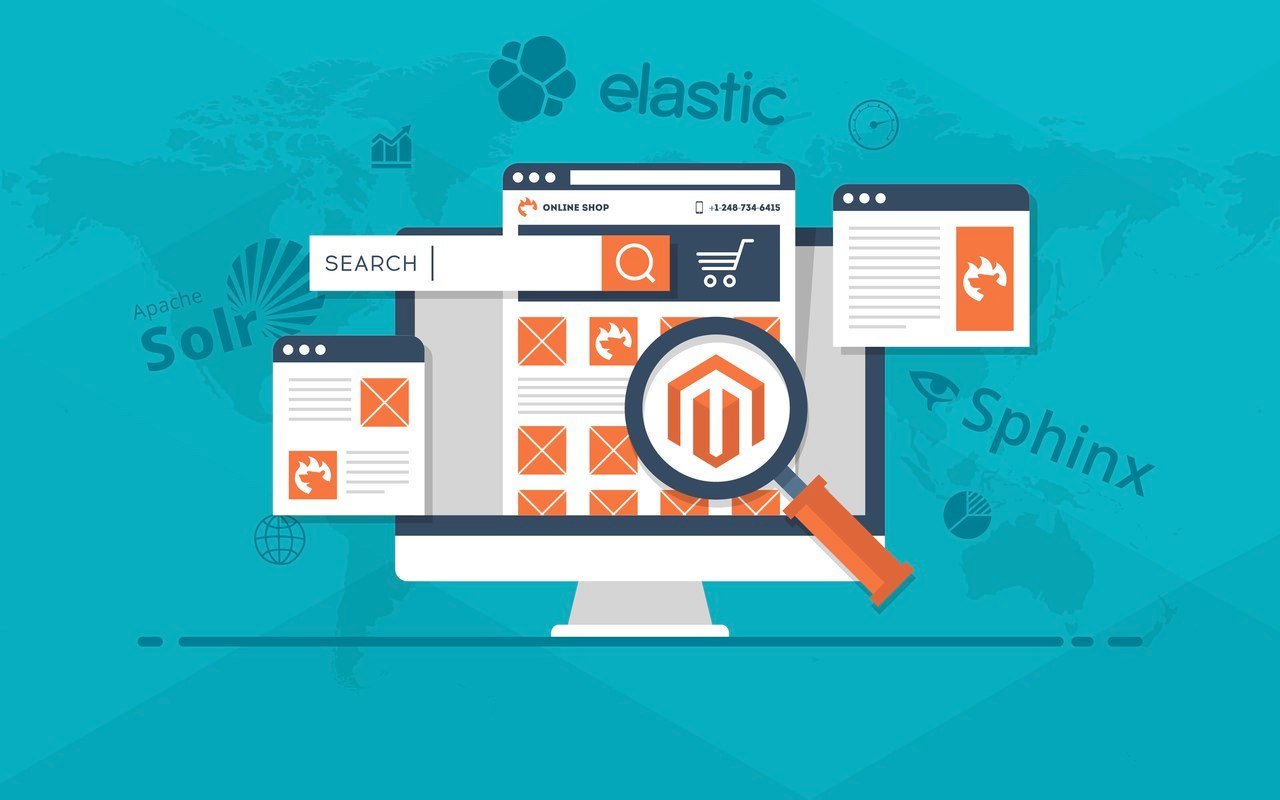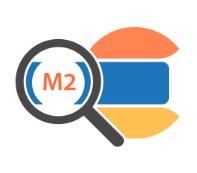Reviewing Magento 2 Elasticsearch Layered Navigation by Amasty

You must be familiar with layered navigation. You’ve probably heard about Elasticsearh. But what is Magento 2 Elasticsearch Layered Navigation extension then?
Below, we explore a tool designed to revolutionize how users navigate and search through Magento 2 stores. By integrating Elasticsearch with Magento 2’s layered navigation system, the Magento 2 Elastic Layered Navigation by Amasty significantly enhances search precision, speed, and the overall user experience.
As a store owner, you’ll be impressed by the extension’s robust features, which optimize site navigation and search results. It guarantees a smooth shopping experience for your customers, no matter what device they use or how they search. Let’s define Magento 2 Elasticsearch Layered Navigation and then proceed to its implementation in Amasty’s powerful module. Continue Reading





